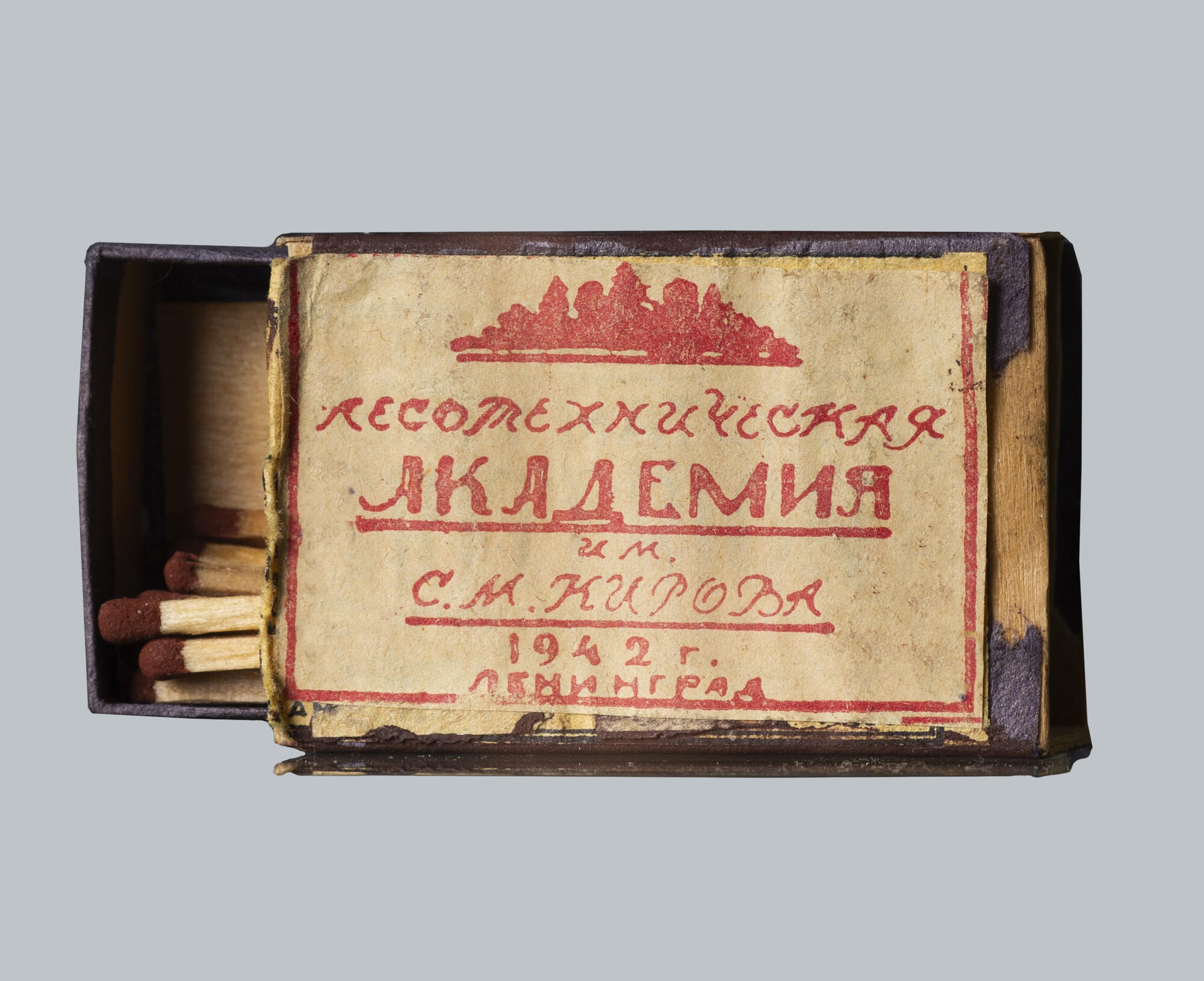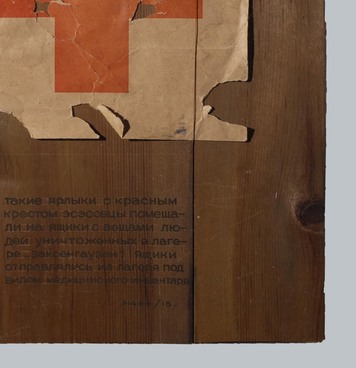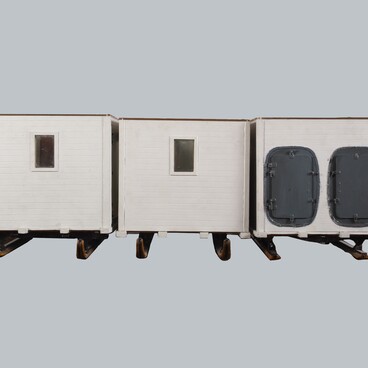The Military Medical Museum houses an extensive collection of items that help preserve the memory of the siege of Leningrad — an event exceptional in its scale, significance, and tragedy. Some of the exhibits are household items of city residents.
During the siege, Leningrad experienced an acute shortage of not only food but also other necessities, such as matches. The siege cut the city off from its main suppliers of matches, the Proletarskoye Znamya Factory and the Lenin Factory, located in the Leningrad Region. Later, these facilities were destroyed by the Nazis.
The city’s production capacities were not enough to meet the growing demand for matches. In spite of all the difficulties, Leningrad was able to organize its own production in the toughest conditions.
According to the Leningrad City Committee Resolution “On Increase of Matches Production in Leningrad” dated November 10, 1942, a number of enterprises, including the Institute of Applied Chemistry and Kirov Forestry Academy, were involved in the artisanal production of matches.
In total, about twenty match production facilities were organized during the siege, from small workshops to large factories. Matches were manufactured at Chocolate Factory No. 6, the Card Game Factory, the Prosthetic Teeth and Dental Cement Factory, and the Kirov Plant.
Special utility detachments were established to provide the new facilities with wood. Among other things, matches were made of the remains of wooden buildings, fences, benches, and furniture that had been destroyed by air raids. Sulfur was unavailable, and scientists invented lighting mixtures from the material at hand.
The matches from the museum collection were made at the Kirov Forestry Academy, as evidenced by the rectangular stamp on the inside of the packaging. The cover features one of the statues from the Anichkov Bridge, “Horse with a Walking Young Man, ” in the spotlight against a red background.
In the austere times of the siege, such a simple necessity as a match helped to heat the stoves at home, warm melted water and scarce food, and gave hope of a speedy victory.
During the siege, Leningrad experienced an acute shortage of not only food but also other necessities, such as matches. The siege cut the city off from its main suppliers of matches, the Proletarskoye Znamya Factory and the Lenin Factory, located in the Leningrad Region. Later, these facilities were destroyed by the Nazis.
The city’s production capacities were not enough to meet the growing demand for matches. In spite of all the difficulties, Leningrad was able to organize its own production in the toughest conditions.
According to the Leningrad City Committee Resolution “On Increase of Matches Production in Leningrad” dated November 10, 1942, a number of enterprises, including the Institute of Applied Chemistry and Kirov Forestry Academy, were involved in the artisanal production of matches.
In total, about twenty match production facilities were organized during the siege, from small workshops to large factories. Matches were manufactured at Chocolate Factory No. 6, the Card Game Factory, the Prosthetic Teeth and Dental Cement Factory, and the Kirov Plant.
Special utility detachments were established to provide the new facilities with wood. Among other things, matches were made of the remains of wooden buildings, fences, benches, and furniture that had been destroyed by air raids. Sulfur was unavailable, and scientists invented lighting mixtures from the material at hand.
The matches from the museum collection were made at the Kirov Forestry Academy, as evidenced by the rectangular stamp on the inside of the packaging. The cover features one of the statues from the Anichkov Bridge, “Horse with a Walking Young Man, ” in the spotlight against a red background.
In the austere times of the siege, such a simple necessity as a match helped to heat the stoves at home, warm melted water and scarce food, and gave hope of a speedy victory.


